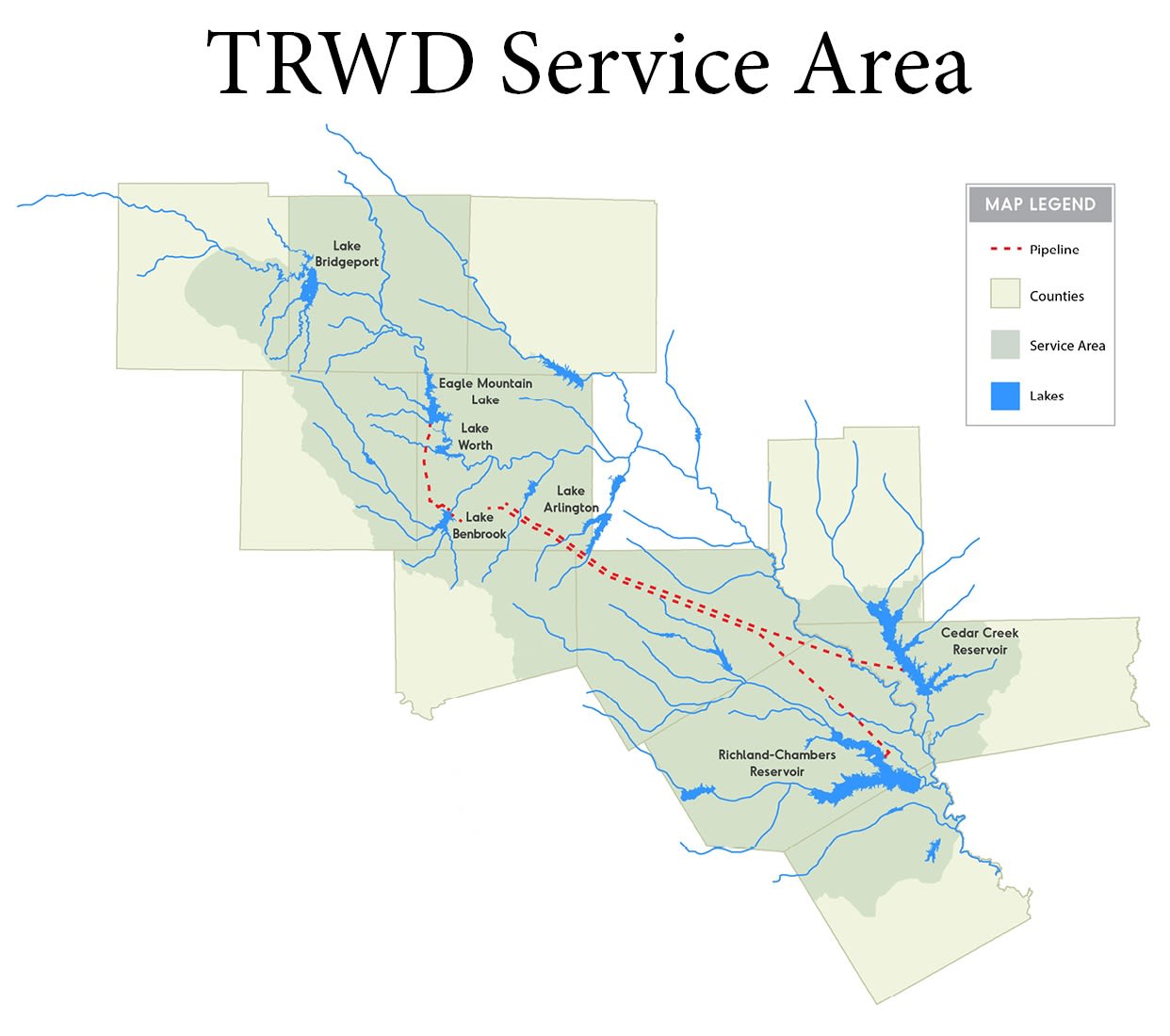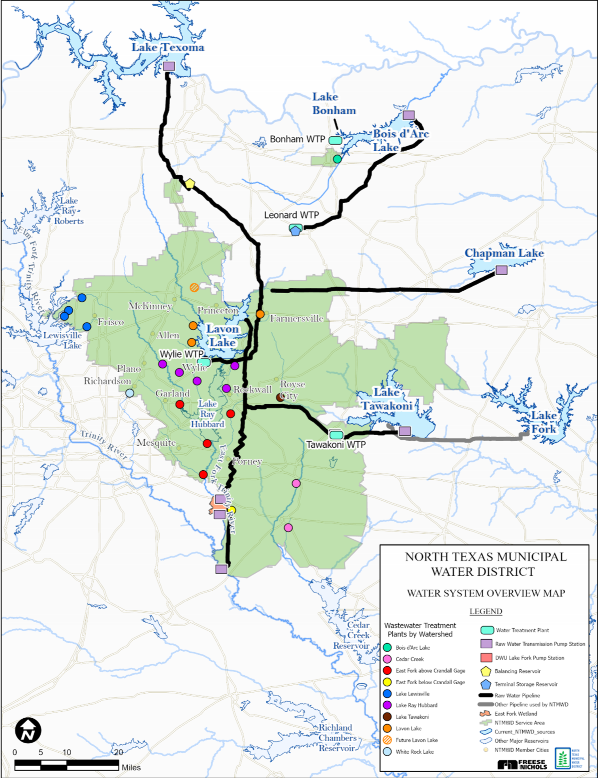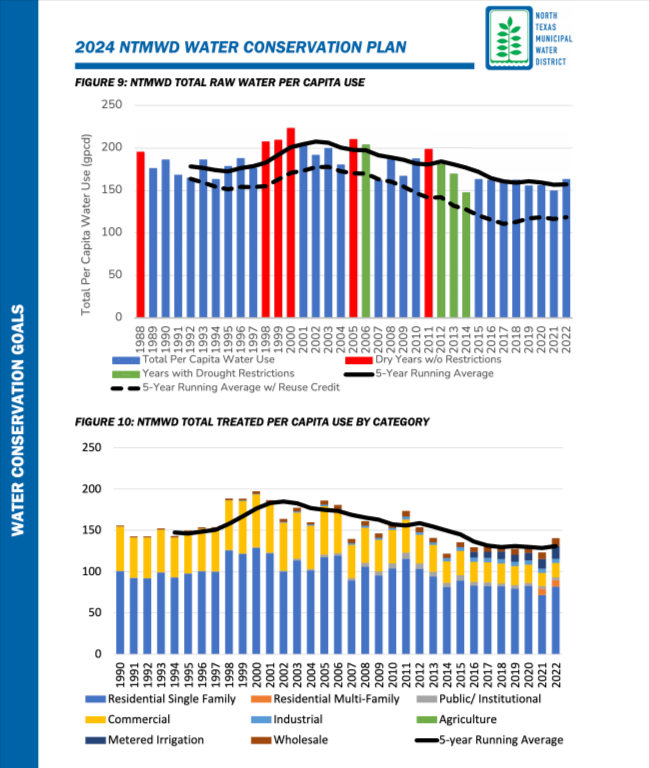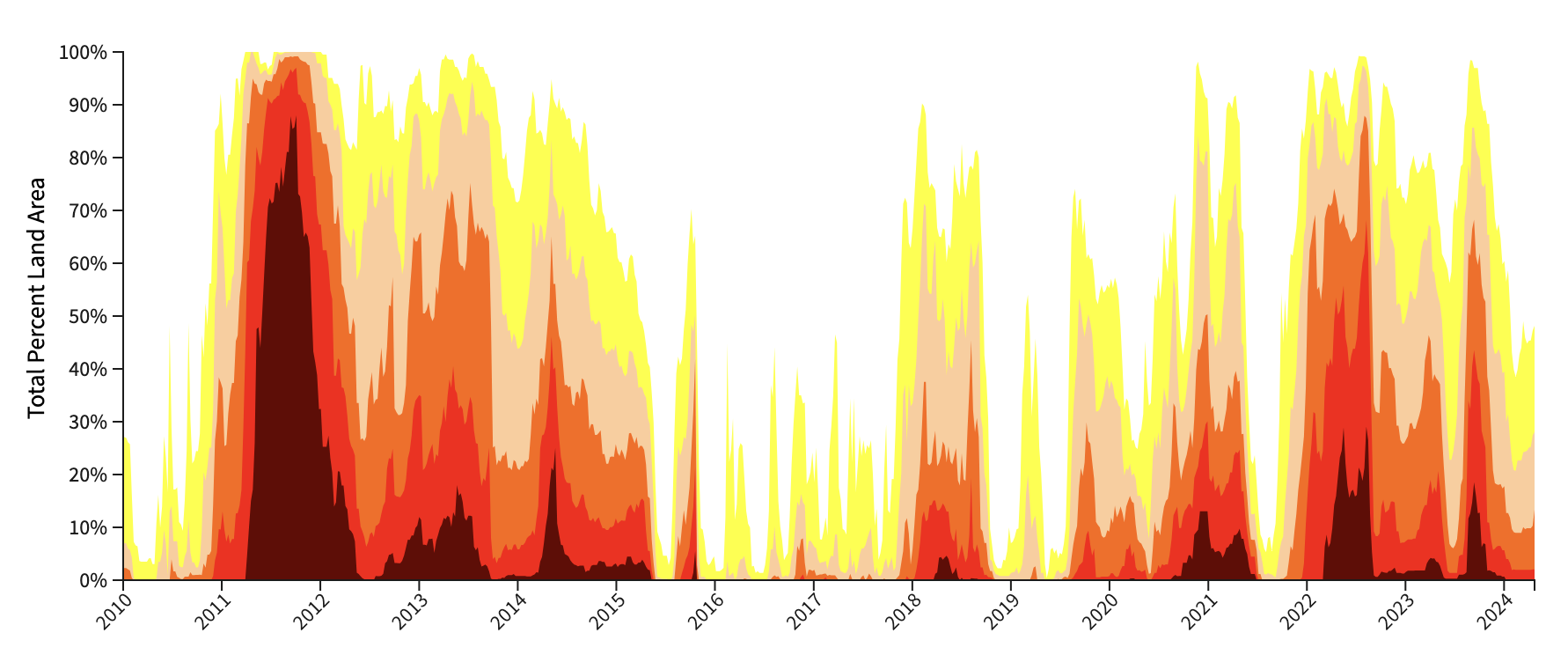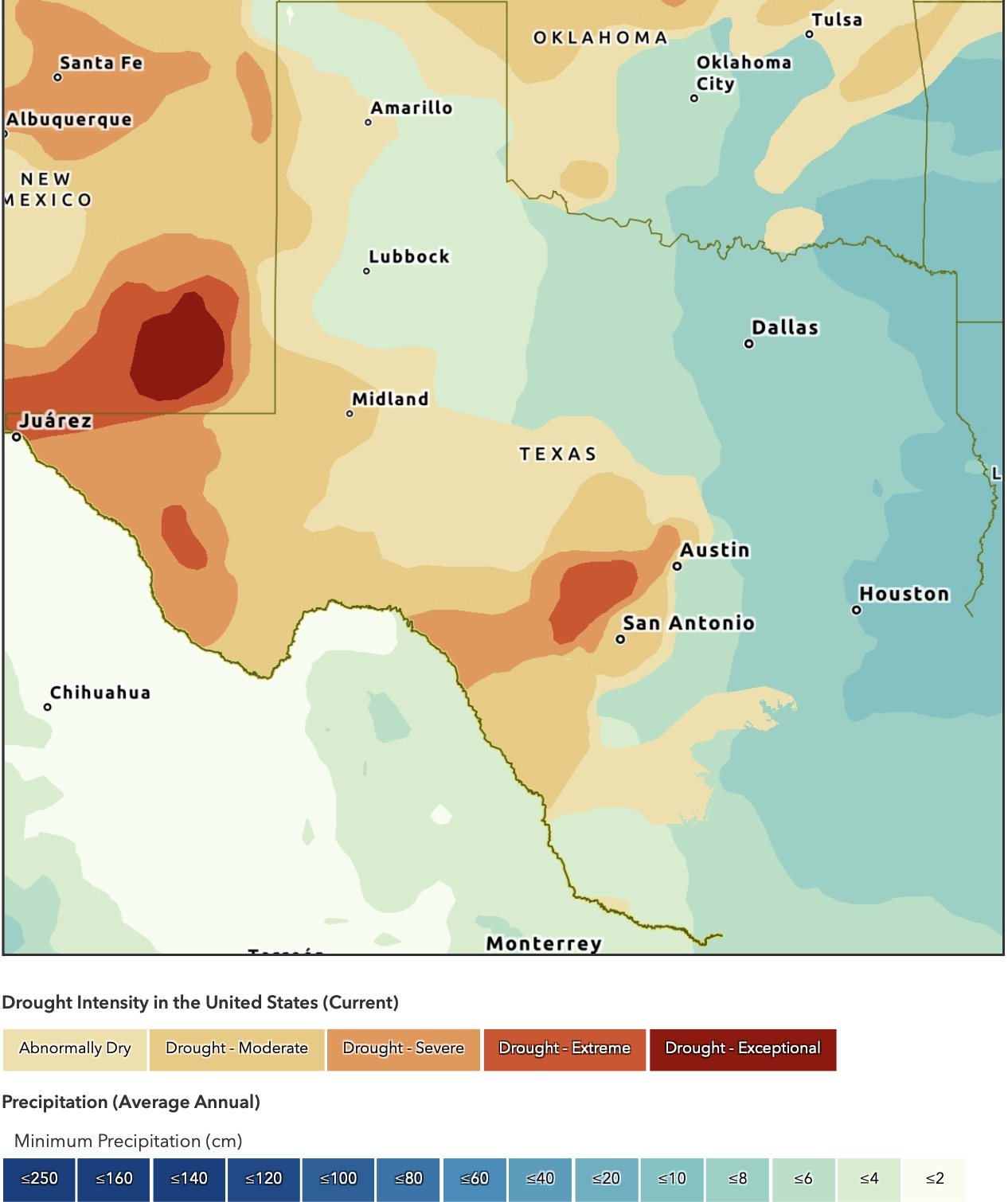Conservation & Drought
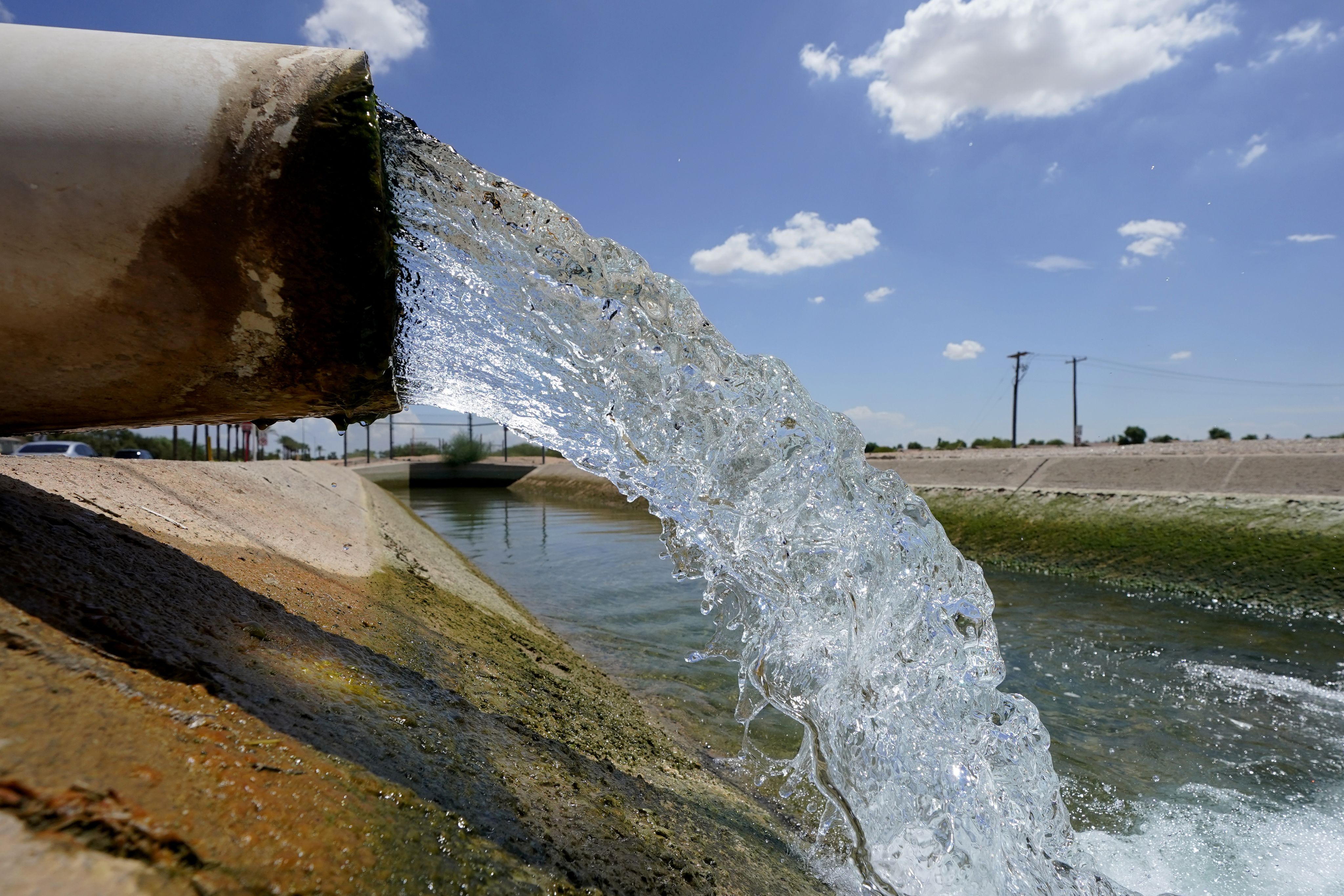
With heat waves and little to no rain in sight, many North Texas cities have gotten serious about saving water. The scarcity of this vital resource has impacted many communities due to its demand for industrial use and the rise in population, making water conservation crucial.
Water undergoes an intricate journey before reaching faucets. Over the years, board members and officials have tried various methods to conserve water. Conservation is imperative to meet growing demands sustainably amidst droughts, aiming to propel water conservation efforts into a steady and thriving future.
As the population continues to grow, many uncertainties loom, requiring citizens within the Metroplex to conserve water.
While water is a personal possession, it is a public resource with a complex history. The original idea of pulling water from the eastern part of the state came to the surface in 1968. The thought was that they could pull the water from the rainy east and the Mississippi River through two canals. However, the plan was downvoted by state residents in 1969.
The Texas Water Development Board (TWDB) was founded in 1957 to support the development and management of 16 regional water districts. Tasked with the financial management of the districts, the board also manages initiatives for conservation, flood control projects and flood protection planning.
As of 2023, TWDB had made 5,923 financial commitments for around $35.7 billion since its founding. There are numerous funds that the board controls, including the Clean Water State Revolving Fund (CWSRF), the Drinking Water State Revolving Fund (DWSRF) and the Economically Distressed Areas Program (EDAP).
As of April 2024, the board announced that it approved amendments to flood plans totaling around $54 billion across 15 districts. The TWDB stated that “the regional flood planning groups recommended over 750 additional flood management evaluations and more than 400 additional flood mitigation projects.”
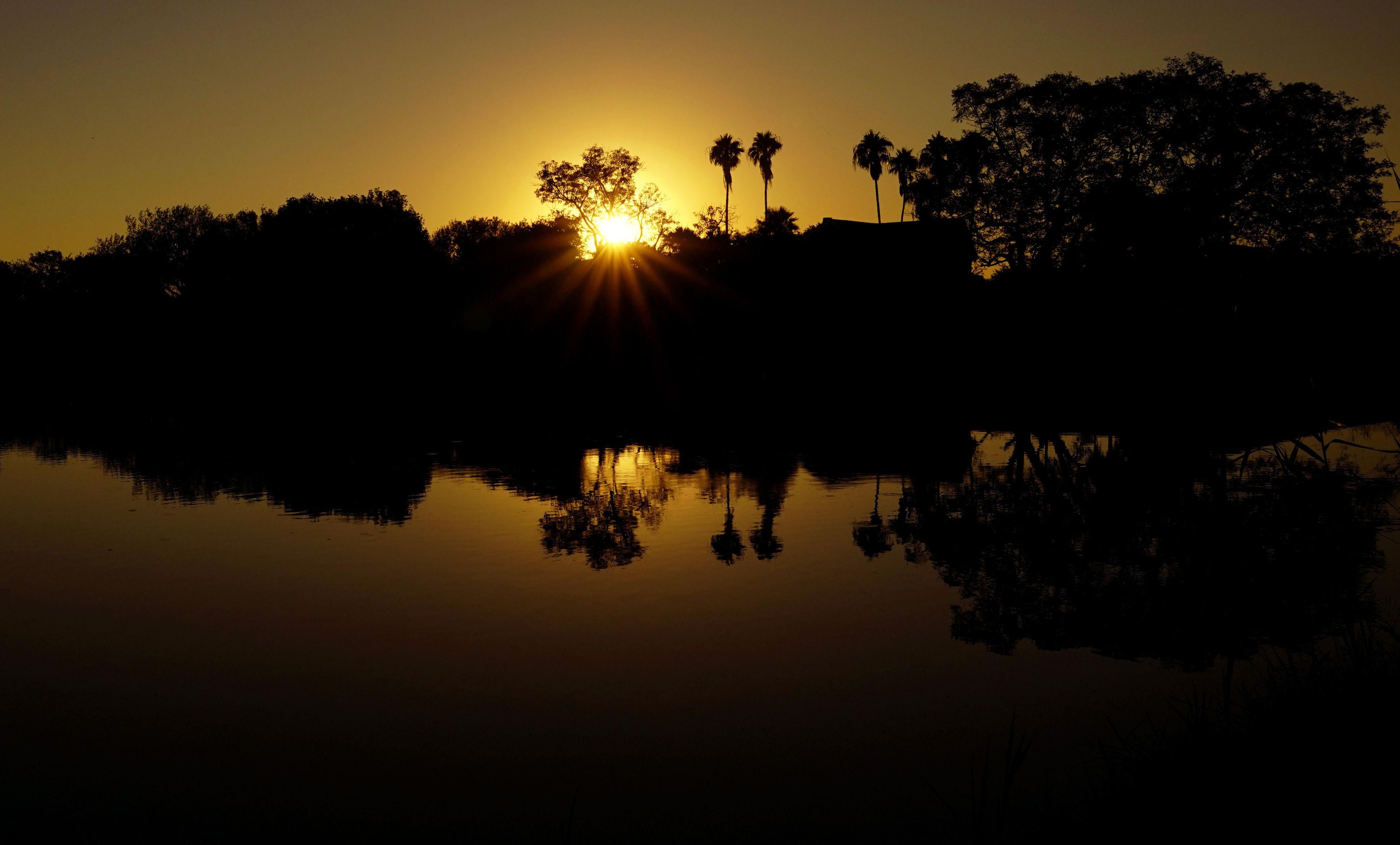
The North Texas Municipal Water District (NTMWD) released its 2024 Water Conservation Plan, which includes technical assistance, outreach programs and conservation strategies for member cities and customers.
A five- and 10-year plan highlights reduction targets for water consumption and is to be implemented based on water conservation demands.
NTMWD measures conservation through gallons per capita per day (GPCD), a metric system that allows them to track the average daily water use across their service areas.
Since the early 2000s, NTMWD has reduced the five-year average GCPD within the communities they serve and the 10-year plan is being aggressively pursued to conserve water in their service perimeter.
"Conservation takes time, largely because it requires both changes in human behavior and upgrades or replacement to water infrastructure,” Alex Johnson, director of communications at NTMWD, said.
The plan also features graphics illustrating the history of per capita demand, current and potential service areas, raw water diversion and demand projections.
These elements collectively outline the reduction targets and strategies for water consumption within the NTMWD's service area.
As champions of conservation, NTMWD prioritizes water reuse initiatives. For example, the East Fork Water Reuse Project, the largest artificial wetland in the nation, showcases its dedication to sustainable water management in the implemented plan for this year.
Map of NTMWD's raw water supply system and existing sources of supply. (Courtesy of NTMWD 2024 Water Conservation Plan)
Map of NTMWD's raw water supply system and existing sources of supply. (Courtesy of NTMWD 2024 Water Conservation Plan)
The upper graph displays the total raw water per captia use and the lower graph displays the total treated water per captia use in various categories. (Courtesy of NTMWD 2024 Water Conservation Plan)
The upper graph displays the total raw water per captia use and the lower graph displays the total treated water per captia use in various categories. (Courtesy of NTMWD 2024 Water Conservation Plan)
“Water is essential for maintaining people’s quality of life and supporting economic growth in our region. Conservation plays a critical role in ensuring a safe, reliable water supply. We estimate that around 30% of the additional water supplies needed in our service area by 2070 will come from aggressive water conservation outreach and collaborative water reuse strategies,” Johnson said.

Texas is known for its erratic weather patterns across all seasons. Year after year, the state experiences fluctuating climate changes, ranging from prolonged droughts to bursts of intense rainfall and floods.
Climate change is emerging as a significant factor exacerbating water scarcity. The Texas Water Development Board (TWDB) forecasts an 18 percent decrease in water availability by 2070 due to the impact of dramatic climate change.
“Climate change decreases the frequency of rainfall and increases temperatures. So rain less often means more evaporation, which means we need to store water in more places between rainfall,” said James Hill, vice president of Tarrant Regional Water District.
One such innovative strategy lies in the advancement of water recycling and desalination technologies. By harnessing these technologies, regions like North Texas can potentially tap into alternative water sources, alleviating the strain on traditional freshwater reservoirs.
TRWD engages in ongoing negotiations with water committees spanning East Texas and into Oklahoma, aiming to leverage their water resources to support the burgeoning population growth in the Dallas-Fort Worth area.
“Sourcing water from other states is very challenging due to federal laws that are in place, so 82 percent of the drinking water from TRWD comes from reservoirs in East Texas which are Cedar Creek and Richland-Chambers,” Hill said.
New opportunities for conservation arise within the technological landscape. These advancements not only offer a sustainable solution to water scarcity but also hold promise in resilience against the impacts of climate change.
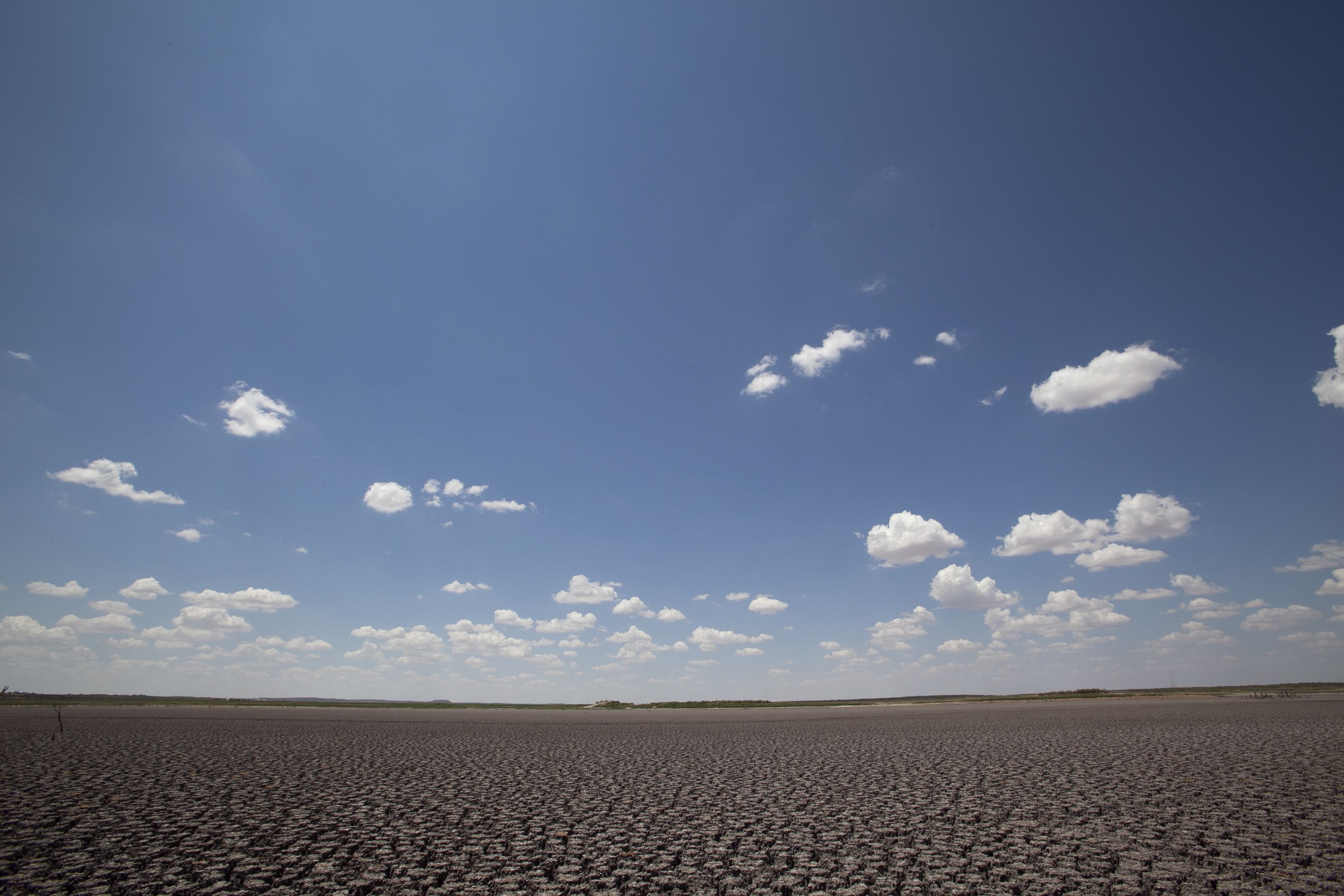
Water Is Awesome!
TRWD has launched several public initiatives urging people to contribute to water conservation efforts.
One project is the Water Is Awesome campaign. It is a regional water conservation awareness campaign designed to increase the knowledge of the value of water in residents' everyday lives.
“The campaign runs every summer to bring that message to the forefront of water users' attention," said Dustan Compton, conservation manager at TRWD. "It reminds the public that water is important, it is something we need to take care of and provides ways to reduce the waste of water outdoors.”
Effective water management entails close monitoring and assessing conservation to ensure efficacy. By employing rigorous monitoring and assessment mechanisms, stakeholders can adapt their strategies to optimize water conservation outcomes.
“This focuses on fixing leaks, planting native and adapted plants and never watering more than two days per week with sprinklers during the hottest summer months,” Compton said.
Rewinding to the 1950s, North Texas was hit with a major drought that sparked widespread concern. This drought devastated sectors like agriculture and the state’s economy, amplifying water and food insecurities due to shortages and crop failure.
However, these hardships served as a catalyst for the installation of water infrastructure and management strategies aimed to better prepare for future drought challenges.
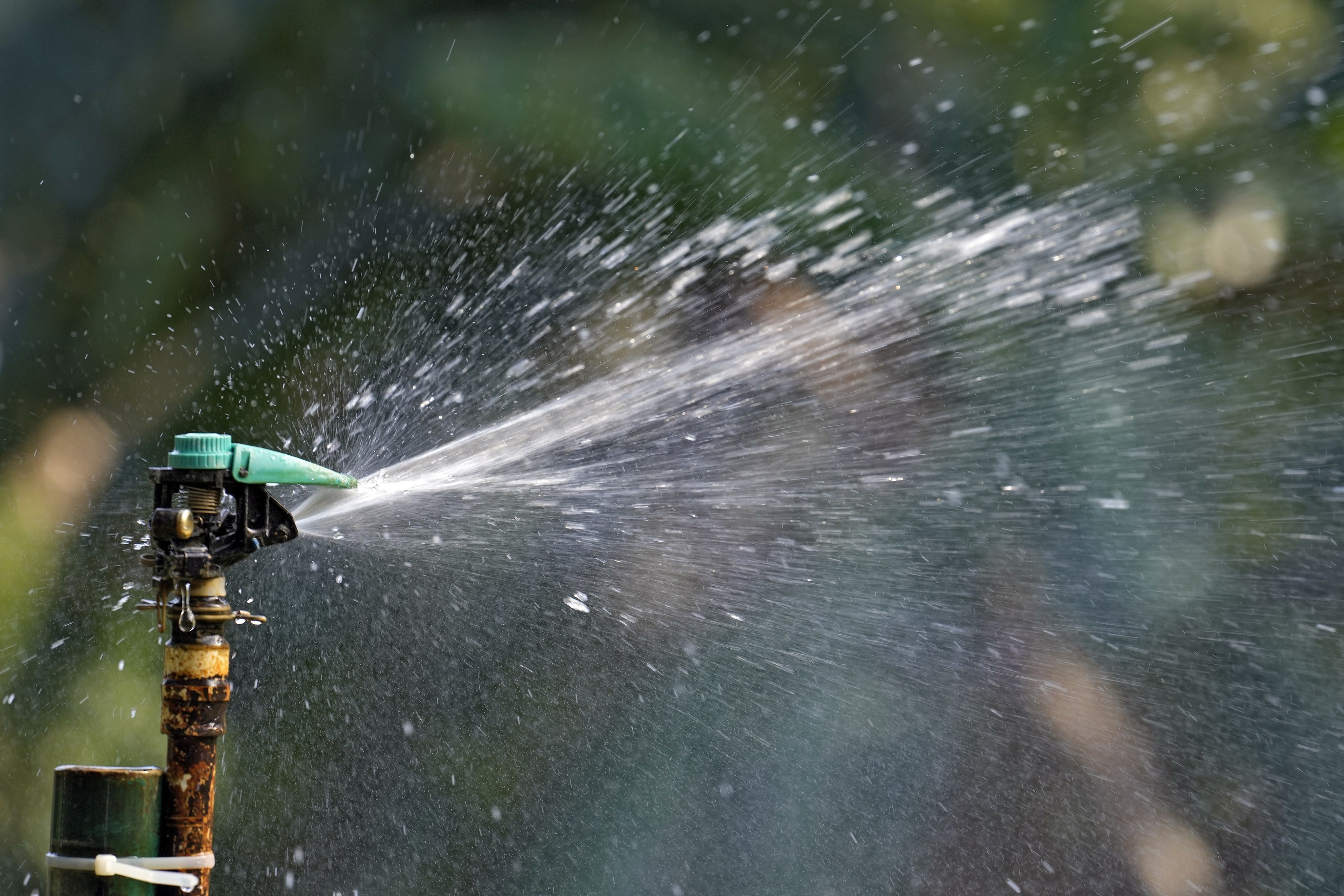
The Tarrant Regional Water District (TRWD) has expanded its horizons regarding water usage amid a population increase in the region.
Over the last decade, the population of the region served by TRWD has expanded significantly, the Fort Worth population alone increasing over 47% since 2010. TRWD serves over 2.4 million people across North Central Texas and the population is ever increasing in the region as people move in from other areas of Texas and other states.
As the population grows, the threat of water supply depletion grows. Water conservation efforts must be vigilant, especially with a population that may grow to over 5 million by 2070. According to Tarrant Regional Water District board member Marty Leonard, the threats of climate change are apparent and the possibility of drought conditions makes it difficult to provide water for a growing population.
Drought has plagued the North Texas area for decades, and its threat is ever present. According to the South Central Climate Center’s “Drought History for Texas’ 10 Regions,” the worst drought in Texas history occurred between 1949 and 1957, known as the 1950s Texas Drought; during this period rainfall totals were 30% to 50% less than usual. The drought was a wake-up call to the state to jumpstart its water conservation efforts.
By 1964, the Cedar Creek Reservoir was completed. This reservoir helps TRWD in its conservation efforts by not only protecting areas around the region from the risk of floods, but also containing water that is an integral part of its water supply.
In the early 2000s, severe drought struck again prompting the state to adopt stricter water conservation plans, namely TRWD. This plan was first put into action during a major drought that occurred in Texas from 2011-2015. TRWD implemented stage one of the drought contingency plan because water supplies in the district dipped below 75%, said Marty Leonard.
While in drought conditions, water usage can look different across the TRWD, said Mary Gugliuzza, the media relations and communications coordinator for the Water Department of the City of Fort Worth.
Since the last multi-year drought in the region, over 5 million people have moved to Texas, increasing the amount of water being used and putting the region at higher risk of water resource depletion.
“As drought conditions get worse, the more people will want to use water,” for activities such as watering their lawns to keep them green, to fill their pools, and hydration, Gugliuzza said.
When in a drought, the state restricts how much water can be taken from reservoirs.
TRWD's reservoirs and lakes include the Cedar Creek Reservoir, the Richland Chambers Reservoir, Benbrook Lake and Eagle Mountain Lake.
Droughts, especially over the last few decades, have sparked the use and ideas for more reservoirs in order to keep an adequate water supply for residents and businesses. These permits are drought-conditioned and account for the elevated water usage during long periods of drought and cannot go over this set amount of water usage, said Amy Kaarlela, water supply planner for TRWD.
It is essential for the TRWD to model water usage differently over time and factoring in more evaporation due to climate change, Kaarlela said. When planning outlines for water usage and permits, the TRWD must account for possible drought conditions and allow for a solid buffer between what water will be used and the actual amount in the case of an emergency.
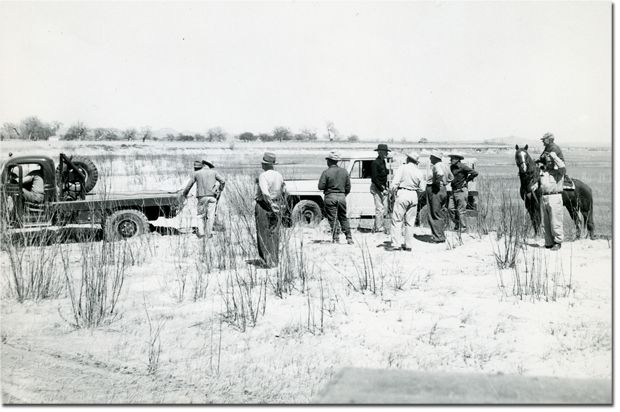
To aid in planning out water usage for the TRWD and other districts across Texas, the National Weather Service (NWS) works with them to advise their allocation of water and weather outlook.
Greg Waller, a service coordination hydrologist for the NWS West Gulf River Forecast Center, contributes to this effort by helping develop a climate model that gives short- and long-term outlooks on factors such as rainfall, flooding and dry conditions.
By comparing past and present rainfall data, “you can start making plans for your water usage compared to a normal year,” Waller said.
In the past decade, North Texas has seen both dry and wet spells. The 2011-2015 drought stressed the water system out significantly.
Following that, from 2015 to 2020 the region saw historic nourishing rainfall levels. Over the last two to three years, however, “we’ve gone through prolonged periods of very warm temperatures setting records for consecutive days of a hundred degrees and consecutive rain free days,” said Waller.
A graph outlining what percentage of land area in Texas has faced drought conditions over the past 14 years. (Source: National Integrated Drought Information System)
A graph outlining what percentage of land area in Texas has faced drought conditions over the past 14 years. (Source: National Integrated Drought Information System)
Due to these past few years of a drier climate in the region, some lakes are at lower than ideal levels in the region.
One component that affects lake levels and water supply in the region is evaporation. With increasing temperatures across the world and in Texas, the prominence of evaporation also increases as more water is evaporated into the atmosphere with high, occasionally record-breaking temperature streaks.
“The patterns [of evaporation] we are seeing would be expected from a climate change perspective,” Waller said.
Drought conditions in Texas have alleviated over the past few years (excluding West Texas and the Hill Country), but rain levels have proven to not be significant enough to stave off the threat of drought. (Alicia Takacs/ TCU 360)
Drought conditions in Texas have alleviated over the past few years (excluding West Texas and the Hill Country), but rain levels have proven to not be significant enough to stave off the threat of drought. (Alicia Takacs/ TCU 360)
The climate in the region is is becoming more volatile and is expected to continue to break records.
Heat waves will get hotter, droughts will get drier and more prolonged, and heavy rain will cause more and worse flooding, Waller said.
As a result, the NWS anticipates a greater extreme in weather events and is factoring that into their future outlooks on the weather. In conjunction with these outlooks, TRWD and other water districts must factor in these anticipated, likely more extreme changes in climate and account for possible drought or even flood conditions that will certainly affect the water supply and how residents use water.
It is not only the environment and climate that affect drought and how its implications affect water usage – there is also a human component, Waller said.
“There’s 1,100 Texans moving here every day and they're not bringing any water to drink."
“As population continues to increase, you know, there’s going to have to be more of a cognitive effort to start looking at water supply in the longer ranges for these areas,” Waller said.
